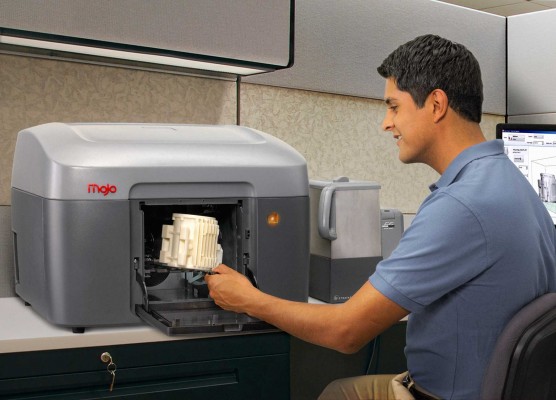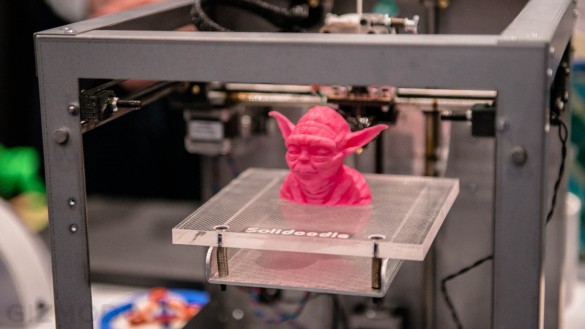Even though the existence of 3D printing isn’t alien, it might be news to many, especially those who don’t deal with architecture, industrial, automotive, or other forms of designing. Since the production of the first working 3D printer in 1984, different designers have selflessly contributed to the project leading to innovations that could even present a functional 3D printer like any other desktop printer.
The Dawn of a New Era as Patents Expire
Nonetheless, the realization of the 3D printer for every homestead campaign remains just but a dream since most of these ideas are patent protected. However, the impact of these patents is bound to wear off come February, when high definition 3D printing will soon be a reality to many.
The patents cover the most sustainable 3D printing technology, Laser Sintering. Apart from the low cost of producing printers utilizing this technology, getting the raw materials for the printing procedure is also cost effective and less hectic than it is the case for current 3D printers. In addition to this, Laser Sintering has a reputation of producing high resolution three dimensional products that can easily pass as any other hand-modeled finished products.
What to Expect with Patent Laws out of the Way
Once the patents expire, experts believe that accurate 3D printers will flood the market, though the versatility and quality of the gadgets might remain questionable since different producers will have access to the technology. The influx of cheap 3D printers from Asia and other countries that can source cheap labor will be inevitable and so will be the wide adoption of 3D printing technology in general.
Image Credit: Gizmodo
If 3D printing goes mainstream, the general population will definitely come up with new ways of using them that will make them necessities in future technology. If all goes well, the 3D printer story would be like the normal printer story that started with noisy dot matrix machines that have evolved into silent efficient inkjet printers that we know today.
Currently, a desktop Laser-Sintering 3D printer retails for around $3,300, with purchasers having to wait for up to 18 months before laying hands on their investment. Even though 3D printing is definitely a cheaper approach to the manufacture of some device components, or even devices as a whole, it still remains minimally applicable since all the accurate printers require a fortune to purchase. This is bound to change come 2014, and so will the cost of production, and ultimately the products we buy at the convenience store down the corner.



Leave a Reply
You must be logged in to post a comment.